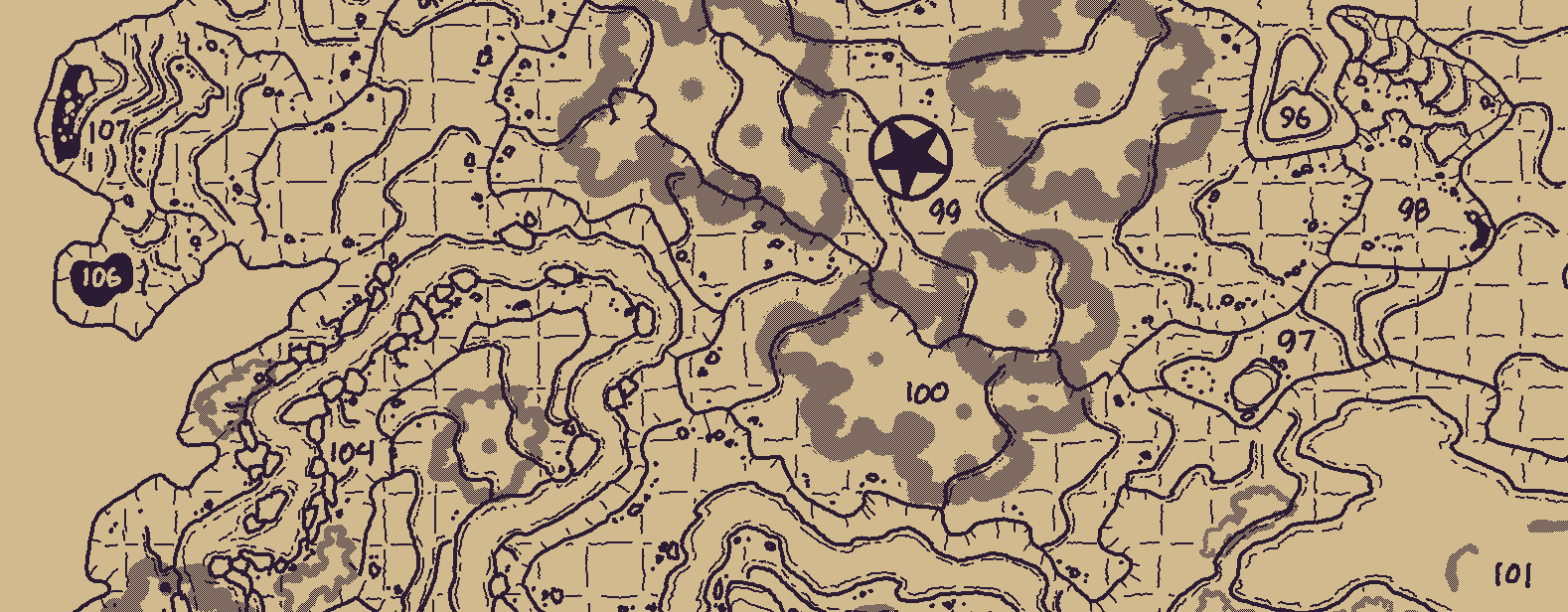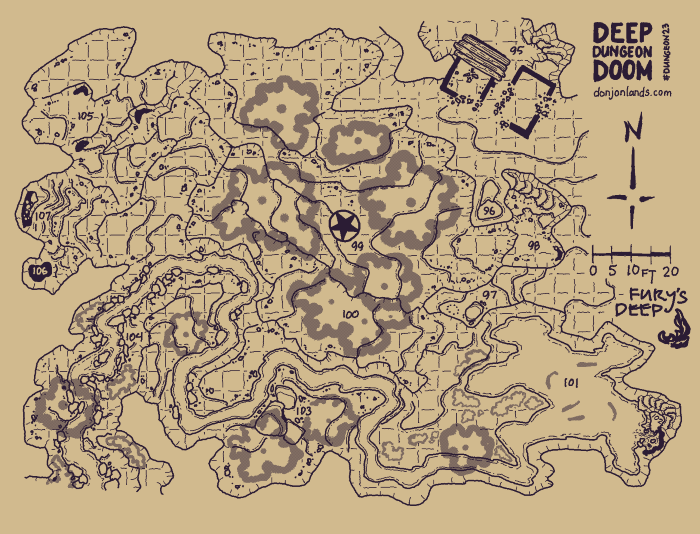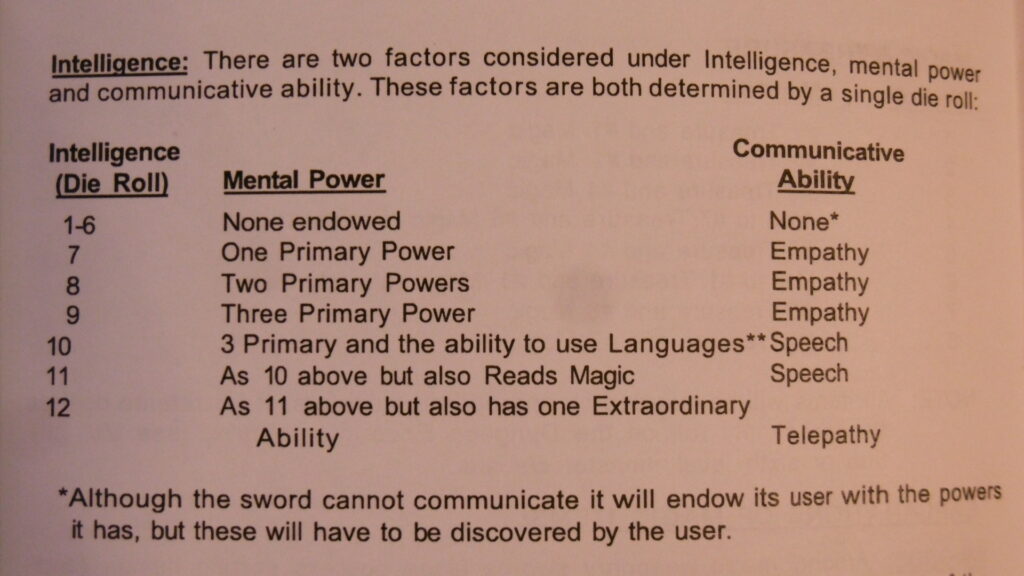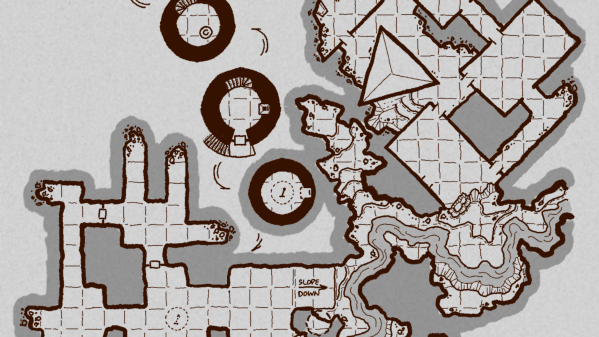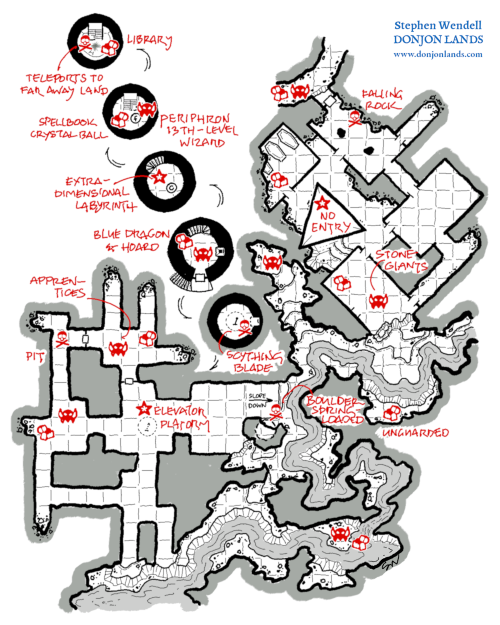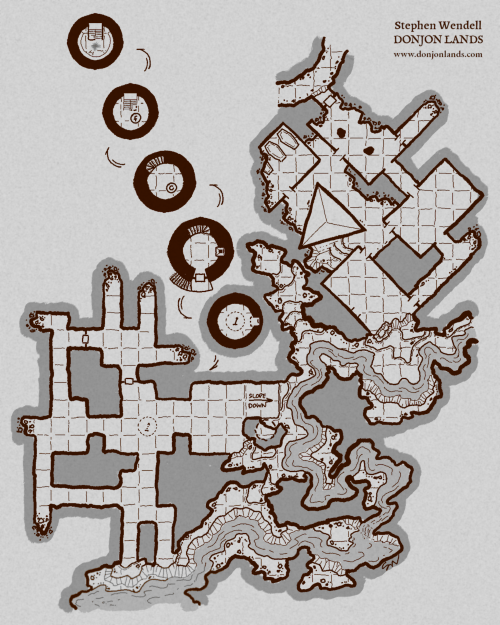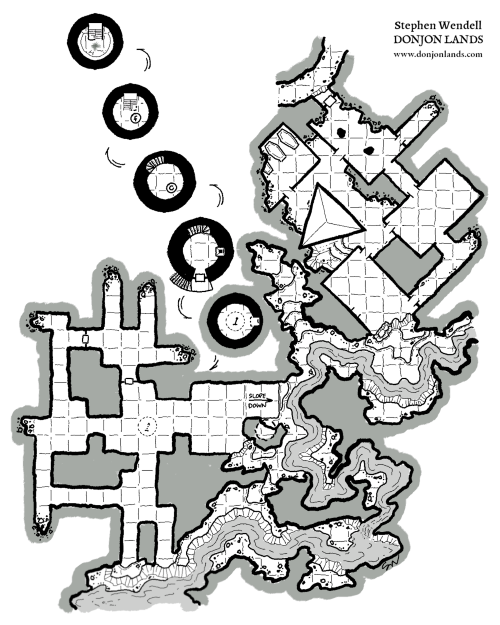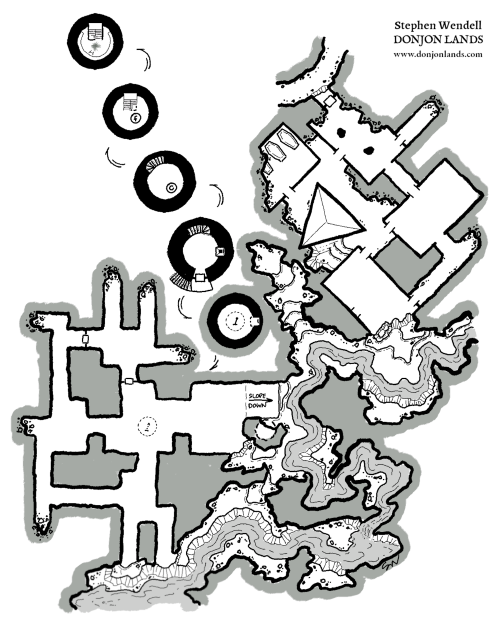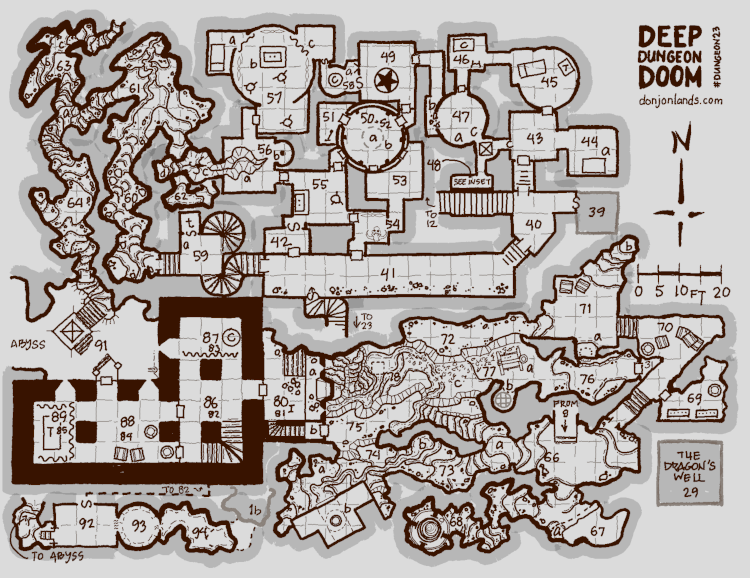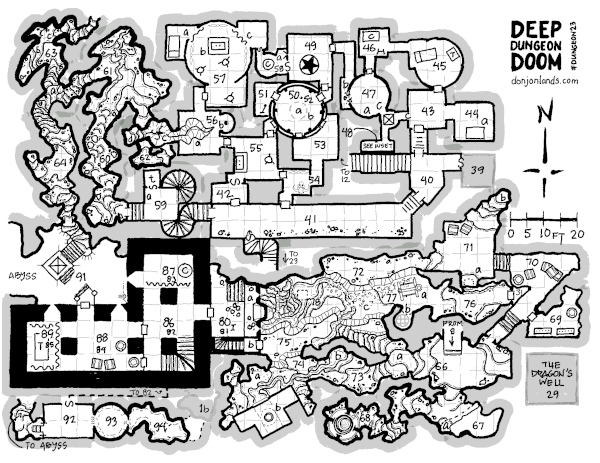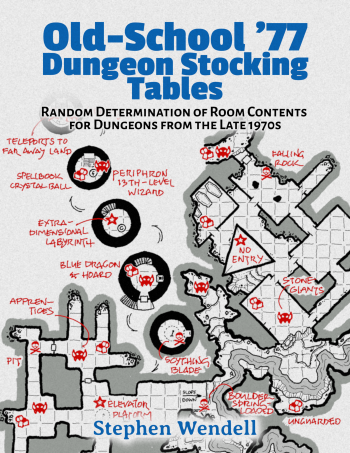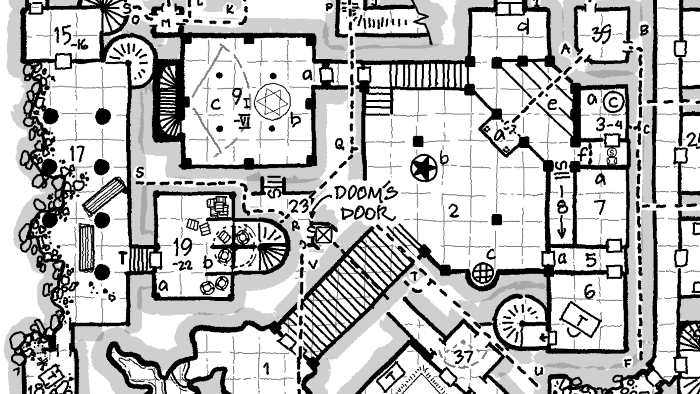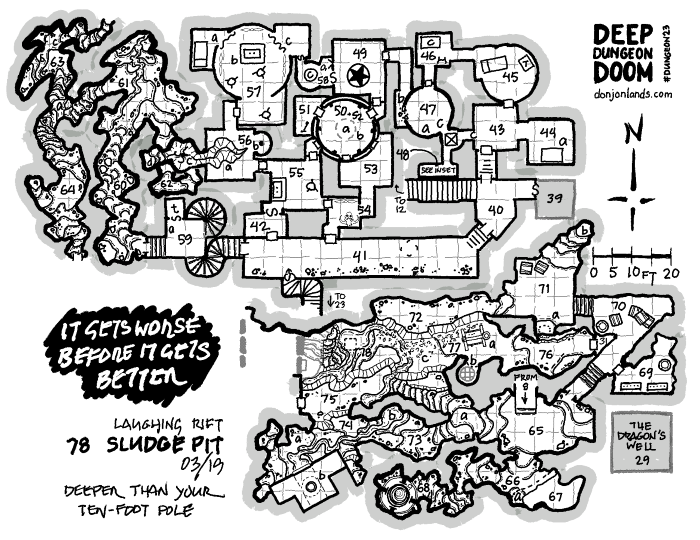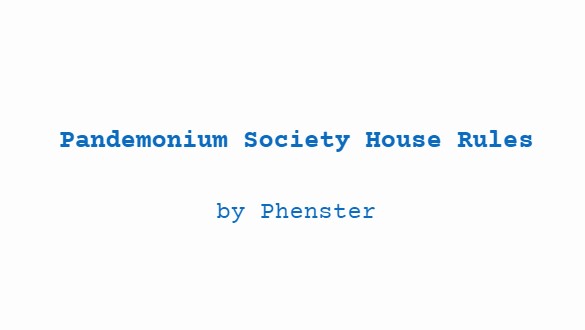Classes and Races
This is the 21st in a continuing series of articles, which reedits house rules for Holmes Basic D&D from 40-year-old game club newsletters. Mentions of house rules are in bold text and followed by a [bracketed category designator].
For rules category descriptions and more about the newsletters, see “About the Reedition of Phenster’s.” For an index of articles, see Coming Up in “Pandemonium Society House Rules.”
Phenster’s Pandemonium Society House Rules is a work of fiction. Names, characters, businesses, events, incidents, and newsletters are either products of the author’s imagination or are used in a fictitious manner. Any resemblance to actual persons, living or dead, or actual events is pure coincidence.
Playing Classes in the Pandemonium Society
Some of us play AD&D with the big kids at the Game Hoard. I recommend Ivanhoe's "GOLGOROTH" campaign to anyone who can play on Monday nights. He puts lots of magic in his world, and he isn't stingy with treasure like some AD&D DMs I've heard about.
We wanted to put some AD&D rules in our D&D game. Tombs got the DUNGEON MASTER'S GUIDE and read it from cover to cover, and so did Cypher. I tried to, but I got stuck in the combat chapter. Tombs told me I could skip the combat chapter, because, after playing in Ivanhoe's game, he didn't think anybody else read it either. Cypher thinks that was the best part. Hazard says most of the AD&D rules are too complicated for what they do. Beowulf just flips through the Monster Manual and fights the monsters.
For a long time we've already been allowing thieves for the other character types, like in AD&D. We give dwarves a +10% bonus on locks and trap skills. Halflings get the same bonus to pick pockets, and elves are better at sneaking around (moving & hiding). Dwarves and halflings take a -15% penalty on climbing.
I wanted to let dwarves and halfings be clerics and magic-users too. But Hazard thinks it's better to differentiate between character types. Or else they all start to feel the same. He said there are probably dwarf religious leaders, for example, but most of them don't cast spells and go on adventures. Maybe there are some, and we might meet them sometimes.
If they want, dwarves and halflings can advance as fighters and thieves, like an elf does with fighting and magic-using. And elves can add thief to their class list, even though it takes even longer to go up in levels, because you have to divide x.p. into all three classes. Or you can be an elf who is just a fighter or just a magic-user or just a thief.
Depending on their DEX, thieves get a bonus to their abilities (not including climbing).
DEX Abilities
--- ---------
15 +5%
17 +10%
18 +15%
Nobody seems to know why non-human characters can't go up high in level, like humans. Hazard says it's just the game-way to even out the playing field, because non-humans get special abilities, like better saving throws and seeing in the dark. So, we let elves, dwarves, and halflings go up as high as they like. To make it up to the humans, Hazard gives them 2 extra points to add to their primary ability score and 1 point to add to any ability (even the primary if they want).
Human beings can also take more classes, but it works differently from non-humans. Humans can switch between classes but only advance in one class at a time. So, for example, if a level 3 fighter switches to clericing, all x.p. goes to gaining cleric levels. Later, the same character can switch to magic-using. Then he goes up in magic-user levels. When you switch to a new class, you don't get hit points for the first level. Clerics that switch to another class still can't use edged weapons without the usual consequences. Hazard makes us pay for training when we take a new class, and it’s expensive.
Basel wanted to play a druid, but Hazard said druids and rangers and such don't fit the ambiance in the Great Halls of Pandemonium, which is mostly dungeon adventures. Those classes are more for outdoor campaigns.
—L’avant garde #37, April 1981
I break these up into discreet rules, so a DM may choose one or more or all as befits their preference. Skillful Humans [E] is suggested for use only in combination with any other of these rules that give an additional bonus to non-humans. I cite the rulebook where applicable.
Skillful Humans [E]
After choosing a class, 1st-level human-types add two points to their primary ability score by class and one additional point to any ability score. No score can be raised over 18 (addition mine).
No Level Limits [E]
Dwarves, elves, and halflings can achieve any experience level in their profession.
Non-Human Thieves [E]
“There are special rules for halflings, dwarves and elves who wish to be thieves—these are given in ADVANCED DUNGEONS & DRAGONS” (Holmes, 6).
Dwarves, elves, and halflings can be thieves as well as humans. Non-human thieves adjust their thief’s abilities according the following table.
| Race/Ability | Pick Pockets | Locks & Traps* | Move & Hide** | Climb† | Hear Noise‡ |
|---|---|---|---|---|---|
| Dwarf | +10% | −15% | +1 | ||
| Elf | +10% | +1 | |||
| Halfling | +10% | −15% | +1 | ||
| * | Pick Locks, Remove Traps | ||||
| ** | Move Silently, Hide in Shadows | ||||
| † | Climb Sheer Surfaces | ||||
| ‡ | Phenster doesn’t mention hear noise. Maybe it’s obvious. I add the final column. | ||||
Dexterity Bonus to Thief’s Abilities [E]
Thieves with high Dexterity adjust all thief’s abilities except Climb Sheer Surfaces according to the table below. Note the jump from 15 to 17.
| Dexterity Score | Bonus |
|---|---|
| 15 | +5% |
| 17 | +10% |
| 18 | +15% |
Single-Class Elves [E]
“[Magic-users] have the advantage (shared with clerics and some elves) of being able to work magical spells” (6, emphasis mine).
In addition to fighter/magic-user, elves can be single-classed fighters or magic-users.
Non-Human Single and Multi-Classes [E]
Non-humans can be any single class or may take multiple classes. An “X” in the table below indicates the race-class combination is allowed.
| Race/Class | Cleric | Fighter | Magic-User | Thief |
|---|---|---|---|---|
| Dwarf | X | X | ||
| Elf | X | X | X | |
| Halfling | X | X |
Dual-Class Humans [E]
Humans may, at any time during their careers, take up a new profession. A training period and a fee (see below) may be required, after which, earned experience goes toward advancement in the new profession. At anytime thereafter, the character may switch back to a previous profession or take another. A dual-class cleric may not use edged weapons.
Training: Phenster doesn’t specify the training period or the fee. I suggest one year and 1,000 gp per total class level at training time. So a 3rd-level fighter, training to become a magic-user, must pay 3,000 g.p.
Class and Race Combinations à la Carte [C]
Hazard nixes Phenster’s suggestion to open the gates on race and class combinations, while reserving the right to use them as NPCs. Furthermore, a DM might allow and disallow particular combinations for player characters according to the campaign setting. One might imagine a world, for example, in which dwarf-kind invented magic. In the campaign, dwarf magic-users are common, and perhaps elves are denied magic-use. In another world, the halfling god is the most powerful divinity, so halflings may be clerics.
Additional Character Classes [C]
“There are a number of other character types which are detailed in ADVANCED DUNGEONS & DRAGONS. There are sub-classes of the four basic classes. They are: paladins and rangers (fighting men), illusionists and witches (magic-users), monks and druids (clerics), and assassins (thieves). There are half elves” (7).
Again according to the campaign setting, a DM might allow other classes and races. Detailing each class is beyond the scope of this series. Of course, DMs may make up their own classes or find many classes elsewhere. Those noted above, with the exception of witches, are found in the AD&D Player’s Handbook (1978), to follow the rulebook’s guidance. They are also found in various OD&D supplements and issues of the Strategic Review, which groups may have referenced prior to mid-1978.
“The Witch” NPC class is detailed in Dragon No. 43 (November 1980). Tucked into that article is another article: “The Real Witch” (8) is an origin piece by Tom Moldvay. Also interesting are two articles: “Witchcraft Supplement for Dungeons & Dragons” (Dragon No. 5, March 1977) and “Another Look at Witches and Witchcraft in D&D” (Dragon No. 20, November 1978). Following the latter, check out the related article “Demonology Made Easy” (No. 20). We’ll see later, in the Monsters section, that Hazard makes use of these early Dragon articles for his Great Halls of Pandemonium campaign.
For late-1st-Edition era, “The Witch” is further treated in Dragon No. 114 (October 1986). For what seems a comprehensive list of witch references and illustrations, see “Witches in Early D&D” by Oakes Spalding, Save Versus All Wands (November 2017).
The previous month, in the Pandemonium Society’s Paradigm Lost #3 (March 1981), appears the following notice under GAMES & CAMPAIGNS:
KING OF WANDS (NEW!): ADVANCED D&D wilderness adventures (some dungeons too). Explore dark lands, kill monsters, claim territory, become the King of Wands! Wednesdays after school @ 3:15. Call Basel: (redacted).
Next up in Phenster’s Pandemonium Society House Rules: Level Advancement
